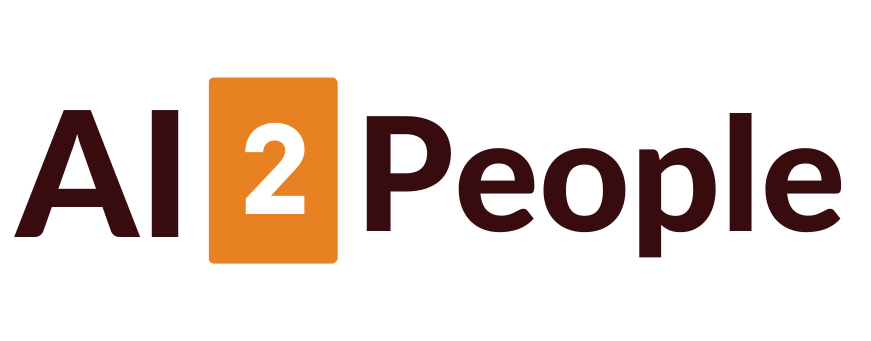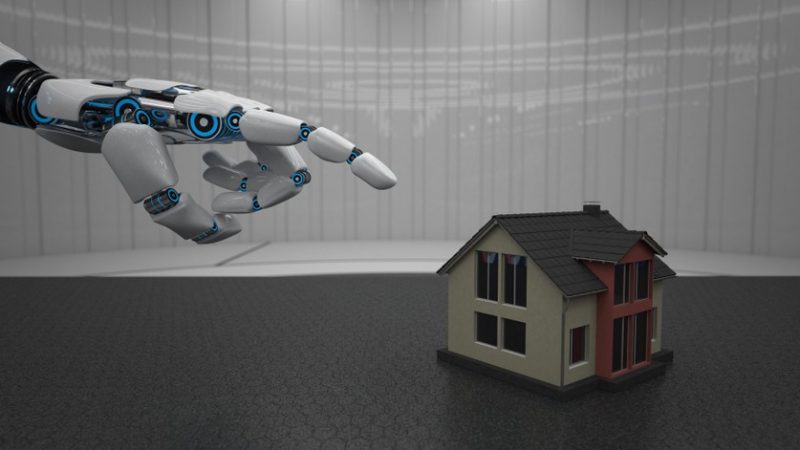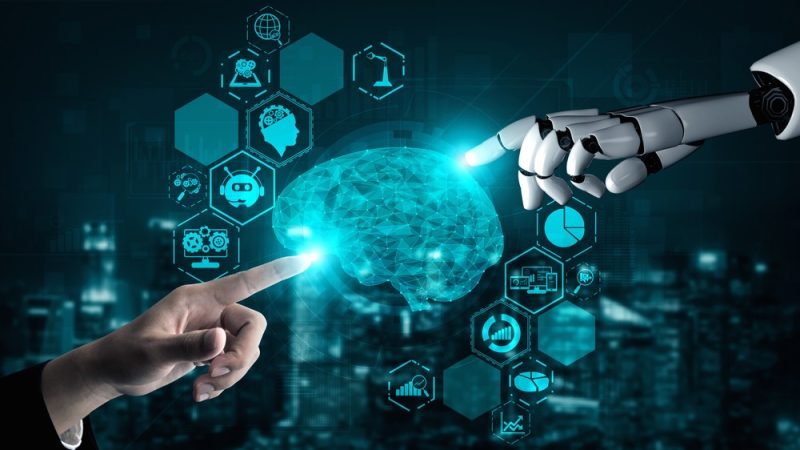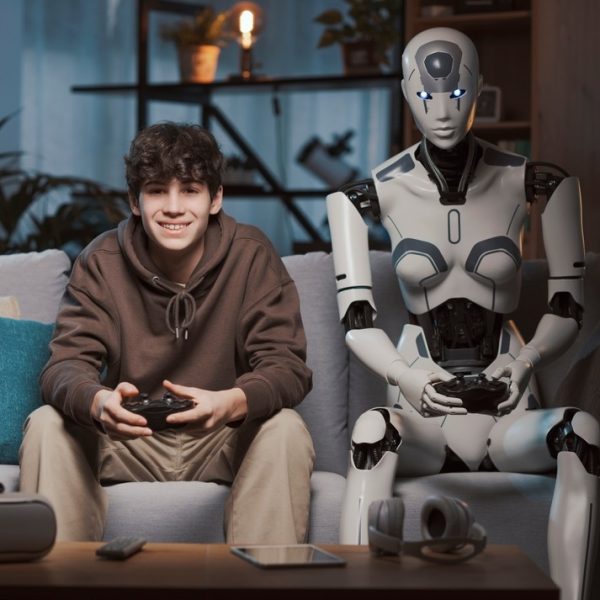
AI Dating Apps
As technology advances, so does the way we approach dating. Gone are the days of relying solely on chance encounters or blind dates set up by friends. In today’s world, dating apps have become a popular method of meeting new people. With just a few swipes, you can find someone who shares your interests, values, and maybe even your future.
However, with the rise of AI in all aspects of life, dating apps have undergone a significant transformation. Artificial intelligence has dramatically impacted the way we date today, and its use in dating apps can improve the overall experience of individuals trying to find a compatible partner.
In this article, we’ll explore how AI is used in dating apps to provide data, insights, patterns, and a better matching experience. We’ll discuss how algorithms encourage users to get to know each other, and how artificial intelligence improves the courting experience.
Using AI for Data and Insights
AI is a powerful tool for dating apps. It can provide real-time intelligence about users and help apps identify products and services that are most relevant to them in their quest to find a compatible partner. An AI system can monitor user behavior and predict what they’re likely to do next based on what they’ve done before. This predictive intelligence helps apps provide more effective ways of profiling users to get them better matched.
For example, when a user adds a new photo, changes their profile, or joins a new group, the AI system can predict what kind of person they might be interested in based on their previous behavior. This helps apps provide more accurate and relevant matches, increasing the likelihood of a successful connection.
Improving User Experience with AI
Dating apps constantly develop new features that rely on artificial intelligence to improve the user experience. For instance, AI-powered chatbots can help break the ice and encourage users to engage in conversation. These chatbots can analyze previous conversations and suggest topics or questions to keep the conversation flowing.
AI can also suggest dating places, ideas, and activities based on common interests and patterns. For example, if two users share a love for hiking, the app might suggest a nearby hiking trail or nature reserve as a potential date location. By providing these suggestions, AI can take the stress out of planning a date and help users connect over shared interests.
Better Matching Algorithms
AI can also improve the matching algorithms used by dating apps. By analyzing user data and behavior, AI can identify patterns and preferences that might not be immediately apparent to the user. This helps apps create more accurate and compatible matches.
For example, an AI system might identify that a user is more likely to be interested in someone who shares their love for a particular hobby. By incorporating this data into the matching algorithm, the app can provide more relevant matches that are more likely to result in a successful connection.
More Flexible Matchmaking Services: Using AI to Enhance Your Dating Experience
Are you tired of the endless swiping and superficial connections on dating apps? Fortunately, modern technology is changing the game with AI-powered matchmaking services that offer a more intentional and personalized approach to dating.
Analyzing Chats, Calendars, and Activities for Compatibility
With the use of AI, dating apps can analyze your chats, calendars, and activities to determine your compatibility with potential matches. This allows for a more organic and natural interaction, leading to more meaningful connections and relationships.
Save Time and Focus on Quality Matches
By filtering out unsuitable matches, AI-powered dating apps help you save time and focus your attention on the opportunities that best suit your interests. This allows you to shift towards a more intentional dating style and pursue more meaningful relationships.
Build Stronger Relationships
Another great benefit of AI-powered dating apps is the ability to build stronger relationships with your matches. The guidance and advice provided by the app can steer you clear of any bad matches and help you communicate effectively with your matches, leading to better relationships overall.
Improved Communication
Misunderstandings due to miscommunication can be a common issue when it comes to dating. However, AI-powered dating apps offer a solution to this problem by providing more chances for everyone involved to understand what the other person wants from them during conversations. This leads to better communication and a more enjoyable dating experience.
Customize Your Experience with AI
AI-powered dating apps allow users to customize the app based on their preferences. This includes setting preferred age ranges, genders, locations, and other important criteria. This customization feature makes it easier to find compatible matches and improve the overall dating experience.
AI-Powered Dating Apps: How Algorithms and Social Media Matching Help You Find Your Match
Are you tired of swiping left and right on dating apps, hoping to find your perfect match? Do you want a more personalized and efficient way to find a partner? Look no further than AI-powered dating apps.
Prescreening Based on Images and Texts Sent
Prescreening is a feature that sets AI-powered dating apps apart from traditional dating methods. It allows the app to match you with potential partners based on the texts and images you send out in real-life conversations, even when you talk to someone in person or over the phone. By analyzing these data, the algorithm can give you an idea about the kind of person you are talking to before meeting them in person. This way, you can save time and avoid unpleasant surprises during your first date.
Algorithms Encourage Users to Get to Know Each Other
Algorithms are the backbone of AI-powered dating apps. They use machine learning to suggest matches based on your preferences and behavior patterns. For instance, if you prefer tall guys with a sense of humor, the algorithm will prioritize those who fit your criteria. Moreover, algorithms can also help users overcome the challenges of gender bias in dating apps. By providing preference matching and pattern matching, the algorithm empowers users to select their dates based on their interests and not their gender.
Social Media Behavior Matching
Another way AI-powered dating apps help you find your match is through social media behavior matching. This feature uses the data you provided to Facebook or Instagram to match you with users who share the same interests. For instance, if you love hiking and follow hiking blogs on Instagram, the algorithm will suggest potential partners who share your passion for the outdoors. This method of matching ensures that you have common ground with your matches, making it easier to start a conversation and connect with them.
Contextual Matching: A Form of Relationship Intelligence
In the world of online dating, finding the perfect match can be a daunting task. With so many potential matches available, it can be challenging to know where to start. However, with the advent of contextual matching, the process has become a lot easier.
What is Contextual Matching?
Contextual matching is a form of relationship intelligence that uses your previous interactions with other users to suggest potential matches based on their background and interests. This method takes into account the way you interacted with another user and suggests other profiles that have a high chance of being a good match.
For example, if you recently messaged someone from Tinder who is also from your hometown, this app may suggest a new match for you based on the fact that your two profiles matched well together based on your shared location information.
How Does User Interface Design Encourage Users to Get to Know Each Other?
The user interface design of an app can play a crucial role in encouraging users to interact and get to know each other better. The following are a few ways in which algorithms encourage users to connect:
- Allowing Swiping Past Profiles Without Clicking on Them
When using dating apps like Tinder, the UX can be designed in a way that allows users to swipe past profiles without clicking on them. This makes it easier for someone who isn’t interested in seeing more than one message at a time and doesn’t want to scroll through all the profiles in their feed. By making it more convenient for users to navigate through profiles, they can spend more time connecting with the ones that interest them.
- Limiting Options on the Home Page
Another way that the UX can be designed to encourage users to get to know each other is by limiting options on the app’s home page. Apps like Bumble, Match, and Hater (all owned by IAC) show fewer matches from people who aren’t in your network, allowing you to see only those profiles most likely to be interested in chatting with you based on things like distance from where they live or common interests they’ve shared.
By creating a user interface design that limits options and makes it easier to navigate through profiles, algorithms can help users connect more efficiently. This can lead to more successful matches and ultimately more fulfilling relationships.
The Importance of Gender-Preference Algorithms in Dating Apps
Dating apps have revolutionized the way we find love and companionship. With millions of users around the world, these platforms have become an indispensable part of our dating lives. However, not all dating apps are created equal. Some are more effective than others at helping users find the perfect match. This is where gender-preference algorithms come in.
What are Gender-Preference Algorithms?
Gender-preference algorithms are a way for dating apps to provide users with a more customized experience. By collecting data about a user’s preferences and interests, these algorithms can suggest potential partners based on their gender, age, location, and other criteria. For instance, if a user is looking for a woman, the app may suggest men within her preferred age range and location.
How do Gender-Preference Algorithms Work?
Dating apps have access to a wealth of data about their users. They collect information such as age, location, and sexual preferences to help create a profile that reflects the user’s interests and personality. Apps also use data from other social media platforms such as Facebook and Instagram to gain a better understanding of the user’s personality and interests.
Based on this information, the app’s gender-preference algorithm can suggest potential matches that meet the user’s preferences. This personalized approach allows users to find partners who share similar interests and values, rather than simply matching based on physical appearance.
The Benefits of Gender-Preference Algorithms
The use of gender-preference algorithms has several advantages. First, it allows users to find potential partners who share their interests and values, rather than simply matching based on physical attraction. This can lead to more meaningful relationships and greater satisfaction with the dating experience.
Second, gender-preference algorithms can help reduce the risk of harassment and discrimination on dating apps. By allowing users to filter their matches based on their preferences, users can avoid being matched with individuals who do not respect their boundaries.
Finally, gender-preference algorithms can help increase the diversity of users on dating apps. By allowing users to select their preferred gender and sexual orientation, these algorithms can create a more inclusive and welcoming environment for all users.
Read Also:
- AI Movies: Top 10 Artificial Intelligence Movies You Must Watch
- 10 Best Artificial Intelligence Books You Must Read
- Top 10 Artificial Intelligence Documentaries
Conclusion
Incorporating AI-powered user experience design can potentially lead to the flourishing of dating apps that rely heavily on personal and social data. By leveraging the vast amounts of data available to them, dating apps can gain a deeper understanding of their users’ preferences, which can then be used to provide a more personalized and engaging experience. It is not far-fetched to imagine that in the near future, dating apps will become so tailored to the individual user that they will no longer need generic features.
























